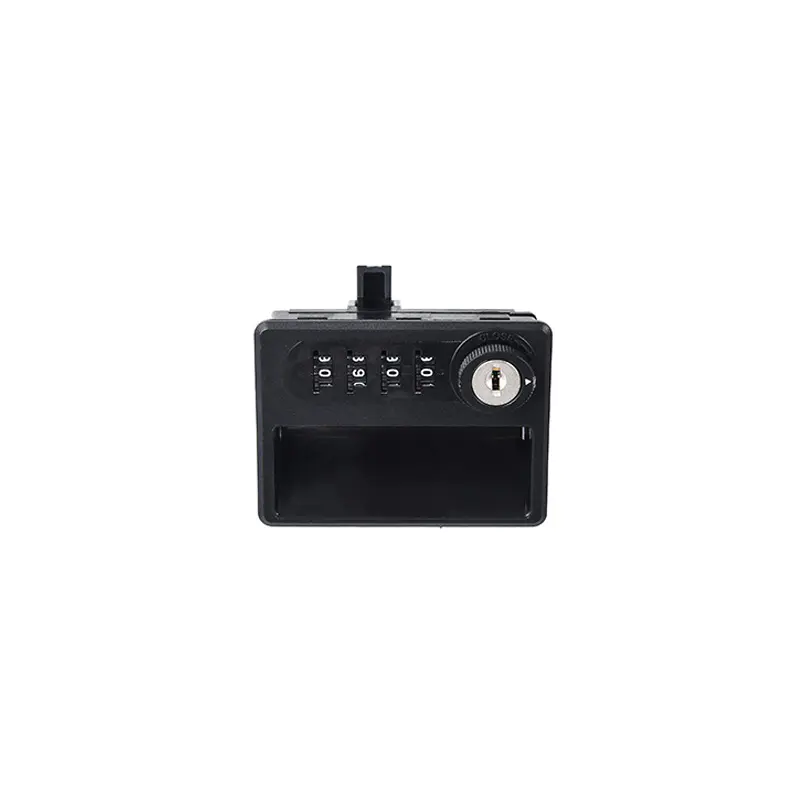Solving common problems with cabinet locks like jamming or mechanical failures typically involves a few troubleshooting steps:
Inspect the Lock: Begin by visually examining the entire lock assembly meticulously. Look for any signs of physical damage, such as dents, scratches, or corrosion. Pay close attention to the keyway, ensuring it is clear of any debris or foreign objects. Check the alignment of the locking mechanism components, including pins, springs, and the latch. If the lock is part of a cabinet with hinges, inspect the hinges as well, as misaligned or damaged hinges can affect the lock's operation.
Apply Lubrication: Select a suitable lubricant recommended for lock mechanisms, such as a graphite-based powder or a specialized lock lubricant. Before applying the lubricant, wipe away any existing residue or dirt from the keyway and surrounding areas using a clean cloth or a soft brush. Apply a small amount of lubricant directly into the keyhole, ensuring it reaches the internal components. Lubricate any moving parts of the lock, such as the bolt or latch mechanism. Exercise caution to avoid over-lubrication, which can attract dirt and eventually lead to further problems.
Check Key Alignment: Proper key alignment is critical for the smooth operation of the lock. Ensure that the key is inserted fully into the keyway and aligned correctly with the internal pins or tumblers. If the key feels stiff or encounters resistance when turning, it may indicate misalignment. Avoid forcing the key, as this can potentially damage the key or the lock mechanism. If alignment issues persist, consider consulting a locksmith for professional adjustment or repair.
Use Correct Key: Using the correct key is essential for the optimal functioning and longevity of the lock. Each lock is designed to work with a specific key profile, and using an incorrect or improperly cut key can cause damage to the lock components. Verify that you are using the designated key intended for the particular lock.
Try Different Key: If you have multiple keys that are supposed to operate the same lock, try using an alternative key to determine if the issue persists. Using a different key helps identify whether the problem lies with the key or the lock mechanism itself.
Gently Jiggle Key: When attempting to turn the key within the lock cylinder, apply gentle and controlled pressure while simultaneously employing subtle rotational movements, or "jiggling," of the key. This technique can help dislodge any stuck pins or tumblers within the lock mechanism and facilitate proper alignment of internal components. Exercise caution to avoid excessive force, which could exacerbate the issue or potentially damage the key or lock.
Clean the Lock: Thorough cleaning of the lock is essential for removing accumulated dirt, grime, and debris that may impede its operation. Begin by using a mild solvent or lock-specific cleaning solution to dissolve and loosen stubborn buildup. Apply the cleaning solution to a soft brush or cloth and gently scrub the keyway, exterior surfaces, and any accessible internal components of the lock. Take care to remove all traces of cleaning residue before proceeding. Once cleaned, allow the lock to dry completely before applying lubricant or attempting to operate it.



 English
English 中文简体
中文简体
















